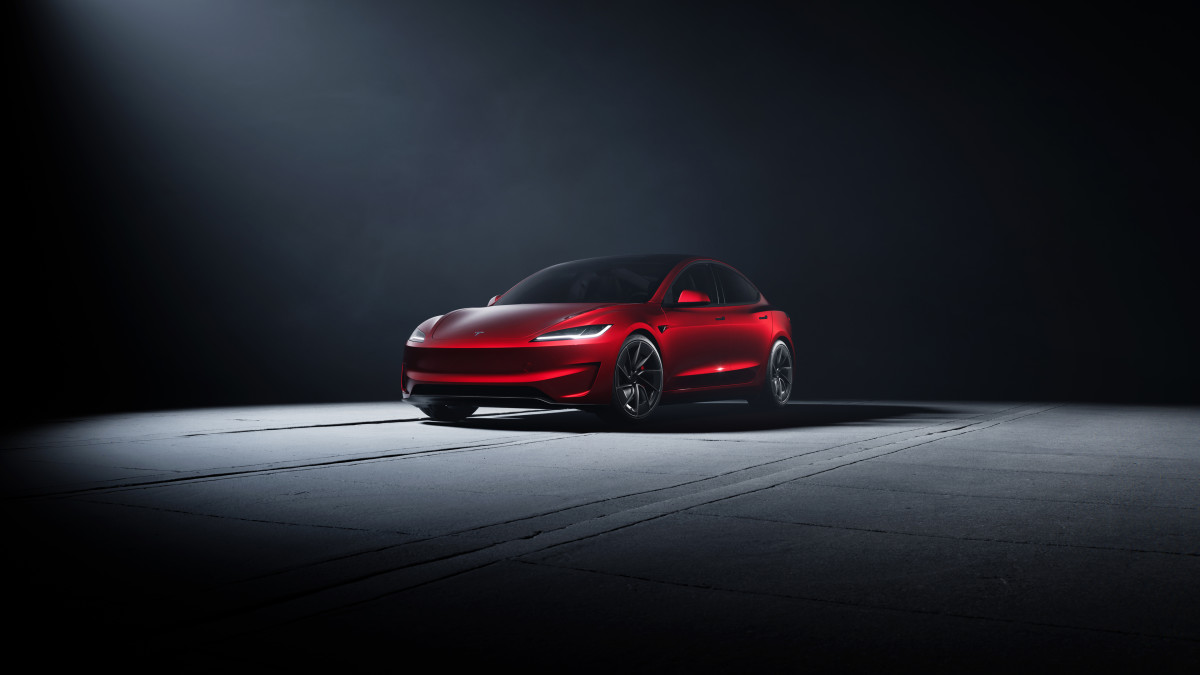Tesla’s Ever-Elusive Affordable EV

Remember when Tesla first burst onto the scene with grand plans of making electric cars affordably available for everyone? CEO Elon Musk had a vision: expensive models like the Roadster and Model S would fund the development of low-cost electric vehicles (EVs). Fast forward a decade and change, things are still a bit hazy. The much-anticipated low-cost version of the Model Y, dubbed the E41, has hit yet another stumbling block.
According to Reuters, E41 should have been rolling out by now, with global production slated for as soon as 2026. Plans involved building up to 250,000 of these affordable EVs, but it’s starting to seem like the term “affordable Tesla” might just remain an oxymoron for a little longer. There’s even a whisper about production staggering over to China and Europe, but, just like a soap opera, there’s no set date for when these dreams will become reality.
The Missing $25K Tesla

In 2020, Musk made a whirlwind promise of a $25,000 EV that would captivate the world by the year’s end. But here we are in 2025, and it’s yet to leave the dreamscape. There were whispers in 2024 about the low-priced EV idea clashing with Tesla’s overall strategy. In the meantime, what has emerged is a stripped-down Model 3 being sold below $35,000 in Mexico, with fewer bells and whistles—think cloth seats and bare essentials.
Inching towards budget-friendly models, there’s also chatter about an E41 variant being approximately 20% cheaper to manufacture than current Model Ys. Also, a potential low-cost Model 3 might arrive, although specifics about range or charging times are practically non-existent. It’s likely these Teslas won’t surpass the mid-range mark, as cost-cutting often leans heavily on battery efficiencies.
Speculative Models

The Robotaxi, also called Cybercab, represents Tesla’s foray into self-driving rideshares, while Model 2 was pitched as the smaller sibling to Model 3. However, both vehicles seem like ships lost at sea, with no clear destination. Tesla had calculated that the Cybercab, mirroring an Uber-type model sans drivers, would be commercially unviable. This revelation resulted in shelving the Model 2 in favor of this hypothetical future.
The concept is a self-driving service model, but the economics were found lacking. Reports suggested slow revenue growth and daunting regulation overseas. As of now, neither the Cybercab nor the Model 2 has materialized from Tesla’s production line.
Reflections
Recent earnings reports show Tesla facing financial strain. Some experts point to Musk’s political endeavors as a potential alienation factor for Tesla’s traditional customer base. The irony couldn’t be thicker: this is arguably the perfect climate for a budget Tesla, yet brand and timing woes may render any new affordable EV a mere drop in a financial ocean.
Parking Limit at Walmart
BMW M4 Honors Nurburgring
Auto Tariff Shake-Up
Audi Unveils Stretch Models
Cadillac Escalade 2025